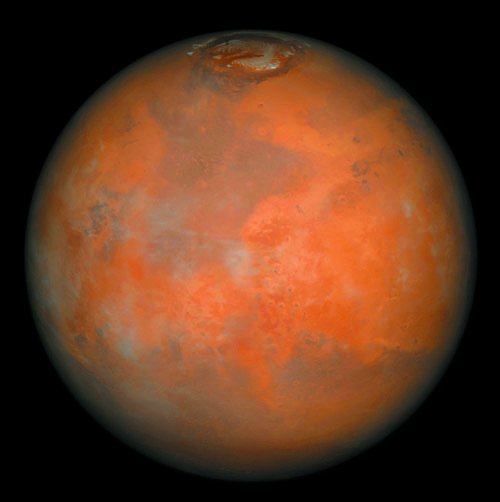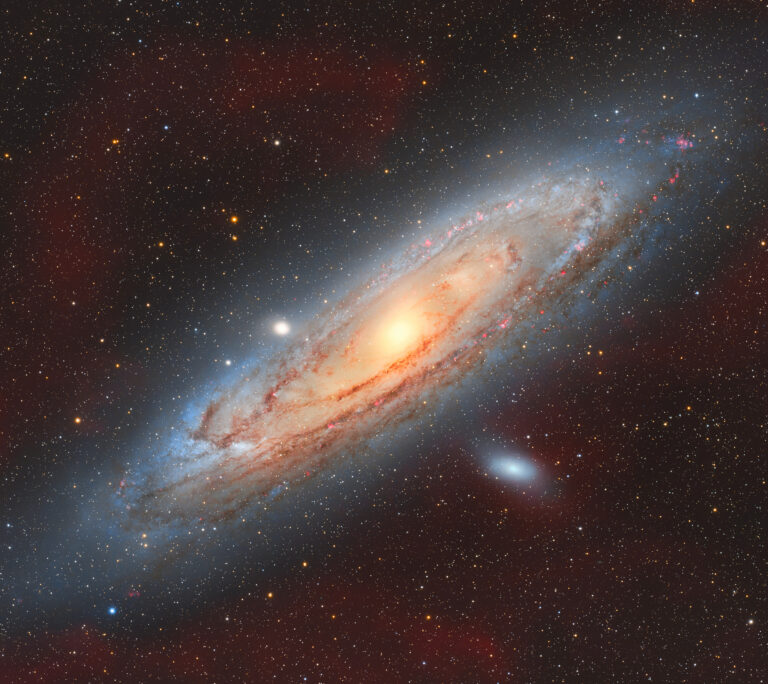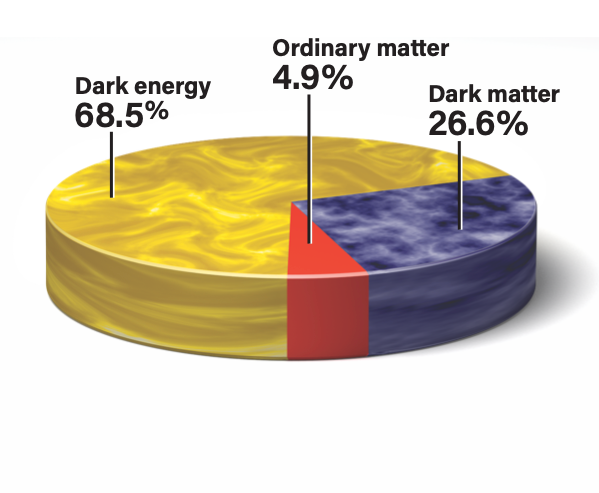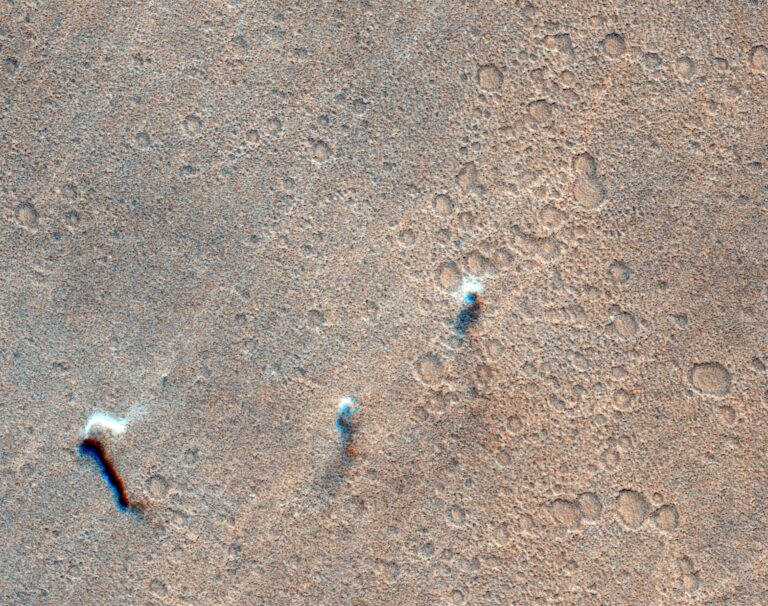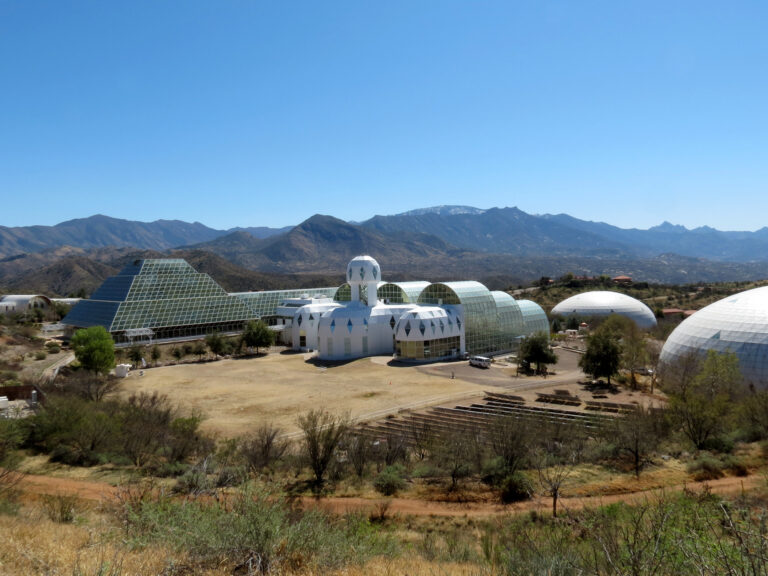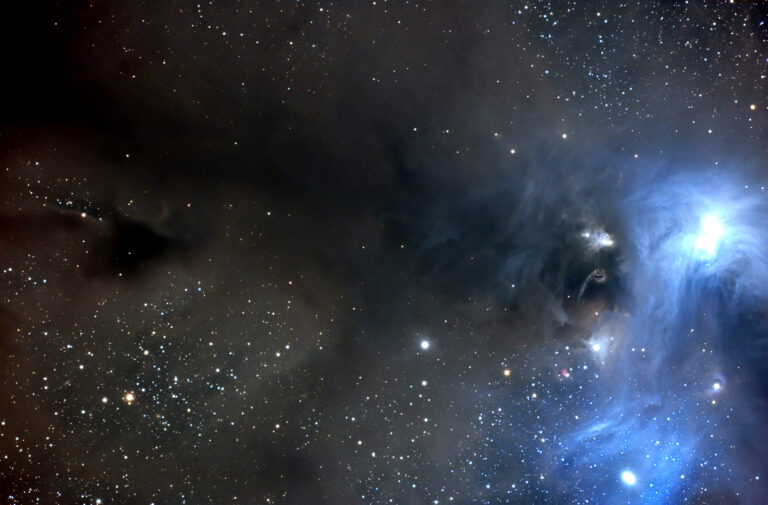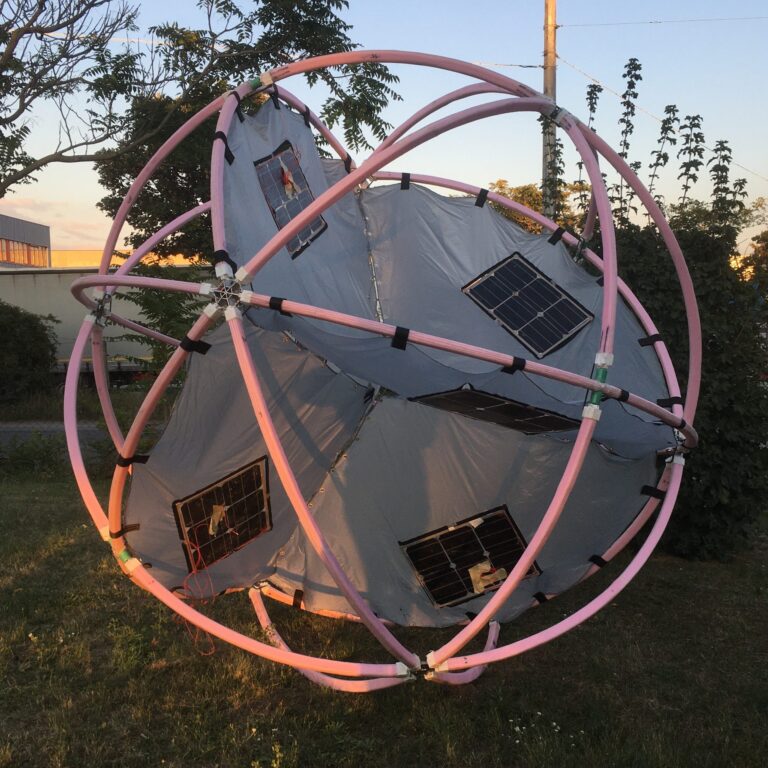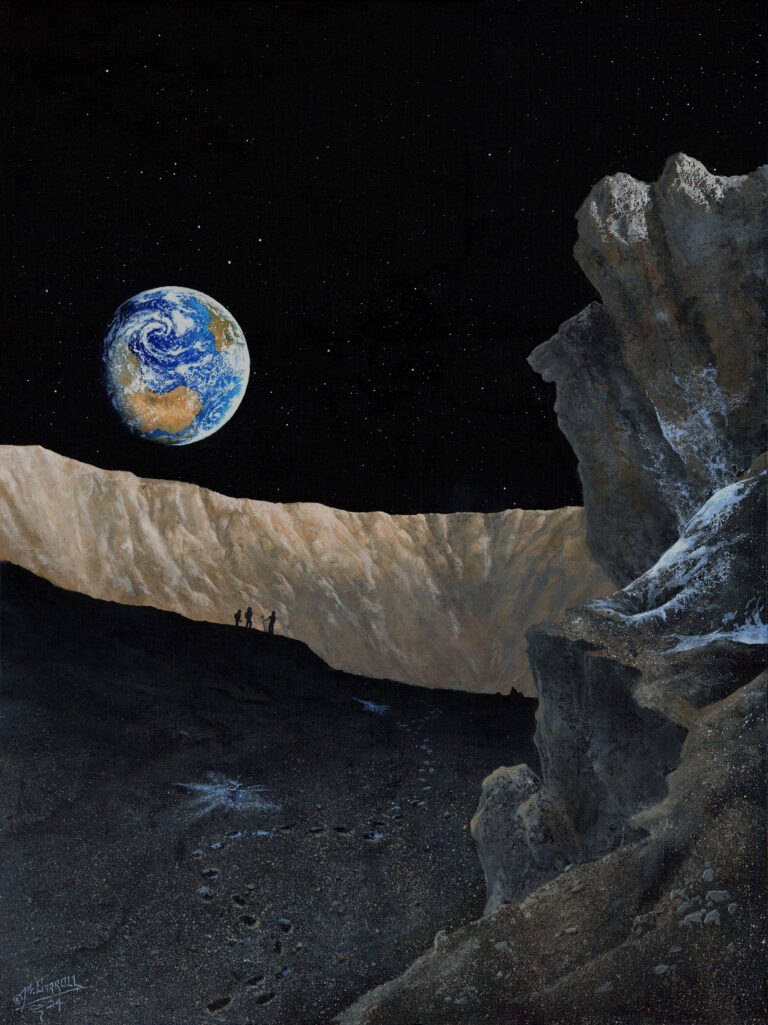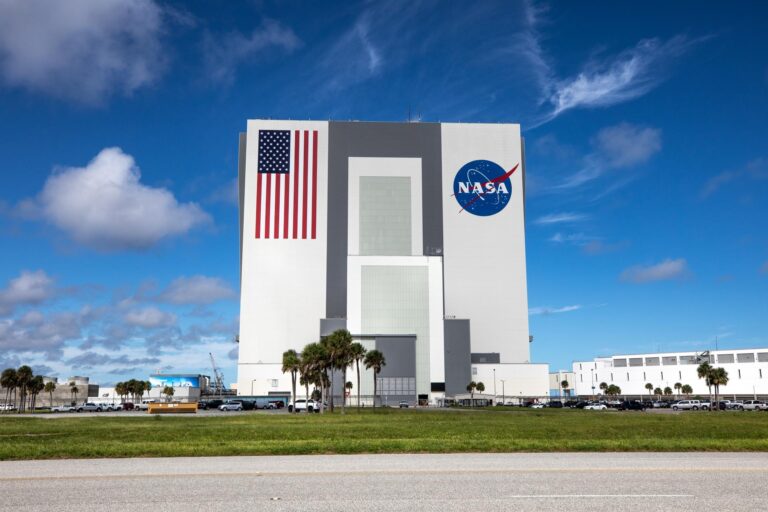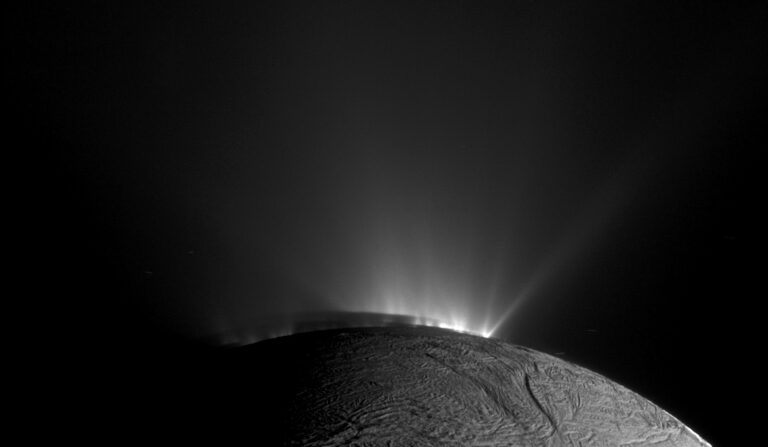Key Takeaways:
- Mars possesses a diameter of approximately 4,212 miles (6,779 kilometers), orbits the Sun at a distance of roughly 142 million miles (229 million kilometers), and completes one solar orbit in 687 Earth days.
- The Martian surface features significant geological formations including Valles Marineris, a canyon system exceeding 1,300 miles (2,100 km) in length, and Olympus Mons, a volcano three times taller than Mount Everest.
- Mars has a thin atmosphere primarily composed of carbon dioxide (95%), nitrogen (3%), and other gases, with surface temperatures ranging from –190° F (–123° C) to 90° F (32° C).
- The planet's reddish hue stems from iron oxide in its soil, and its two moons, Phobos and Deimos, are named after Greek gods associated with war.
Surface: There are lots of dry channels on Mars, and they look like Earth’s river channels. Most scientists believe water once flowed on the martian surface, but new studies suggest there still may be water in some places at and under the surface.
Mars has the largest canyon (Valles Marineris), and the highest volcano (Olympus Mons) in the solar system.
If Valles Marineris were on Earth, it would span the United States, from New York on the East Coast to California on the West Coast. The canyon is about 1,300 miles (2,100 km) long, 300 miles (500 km) wide, and about 5 miles (8 km) deep.
Olympus Mons is about three times higher than Mount Everest. It rises above the Martian surface 14 miles (22 km). This giant volcano’s base is the size of the state of Missouri.
The planet’s reddish color is caused by rust (iron oxide) in the soil.
The polar ice caps on Mars are made of frozen carbon dioxide, or dry ice, plus a seasonal coating of water ice.
You can get more facts on the planets in our solar system in each of the articles linked to below:

